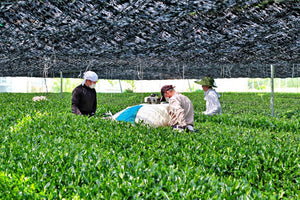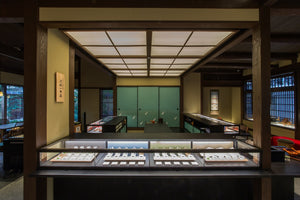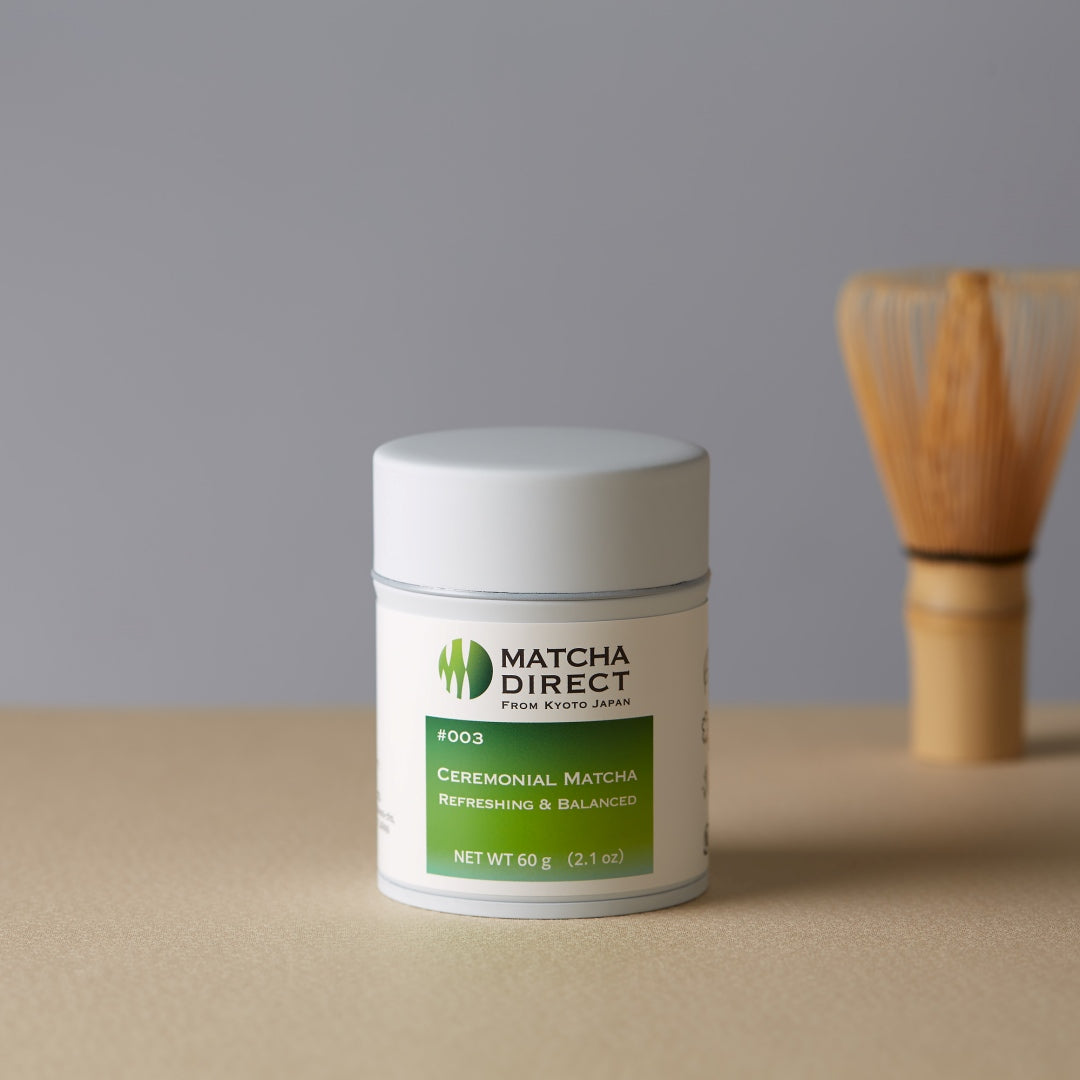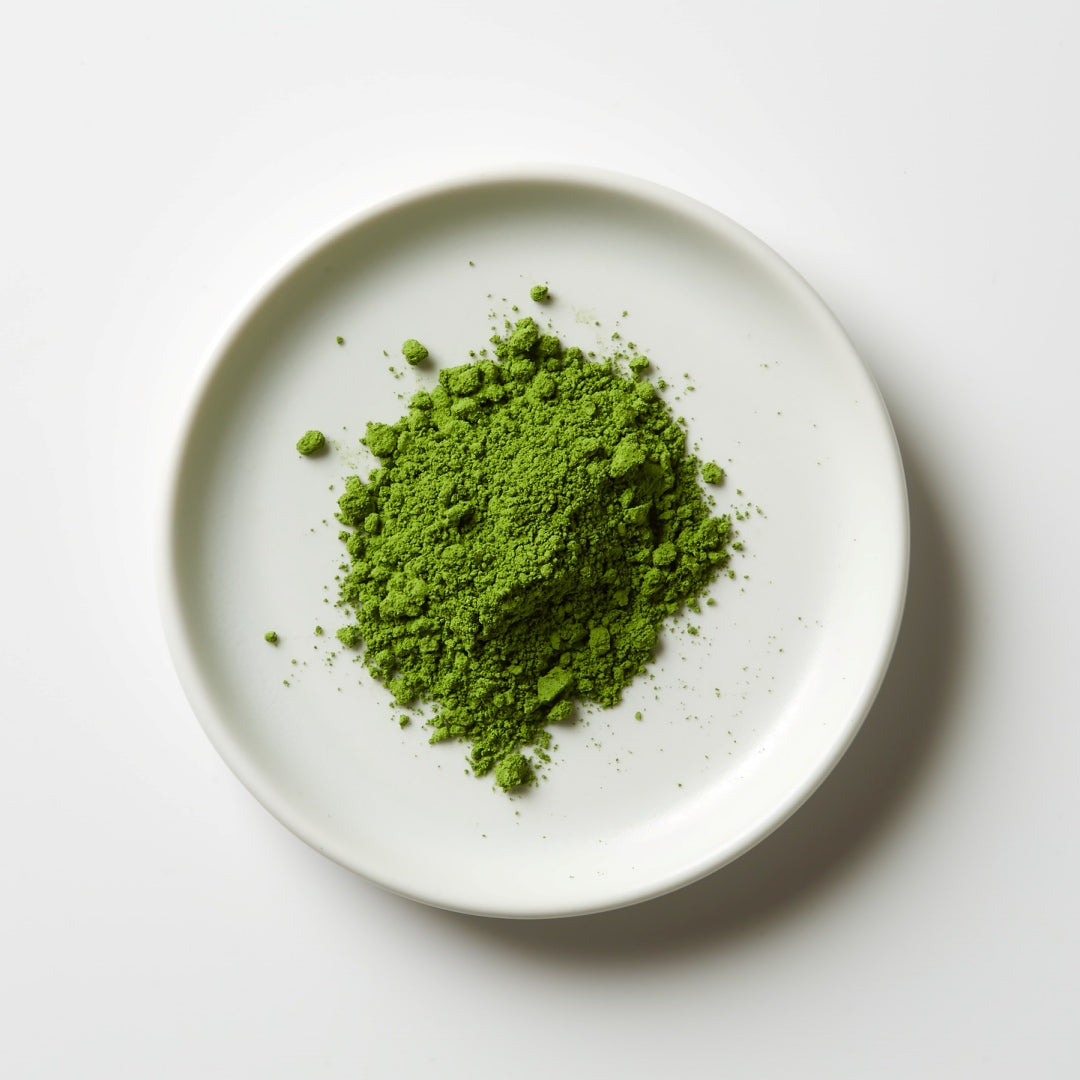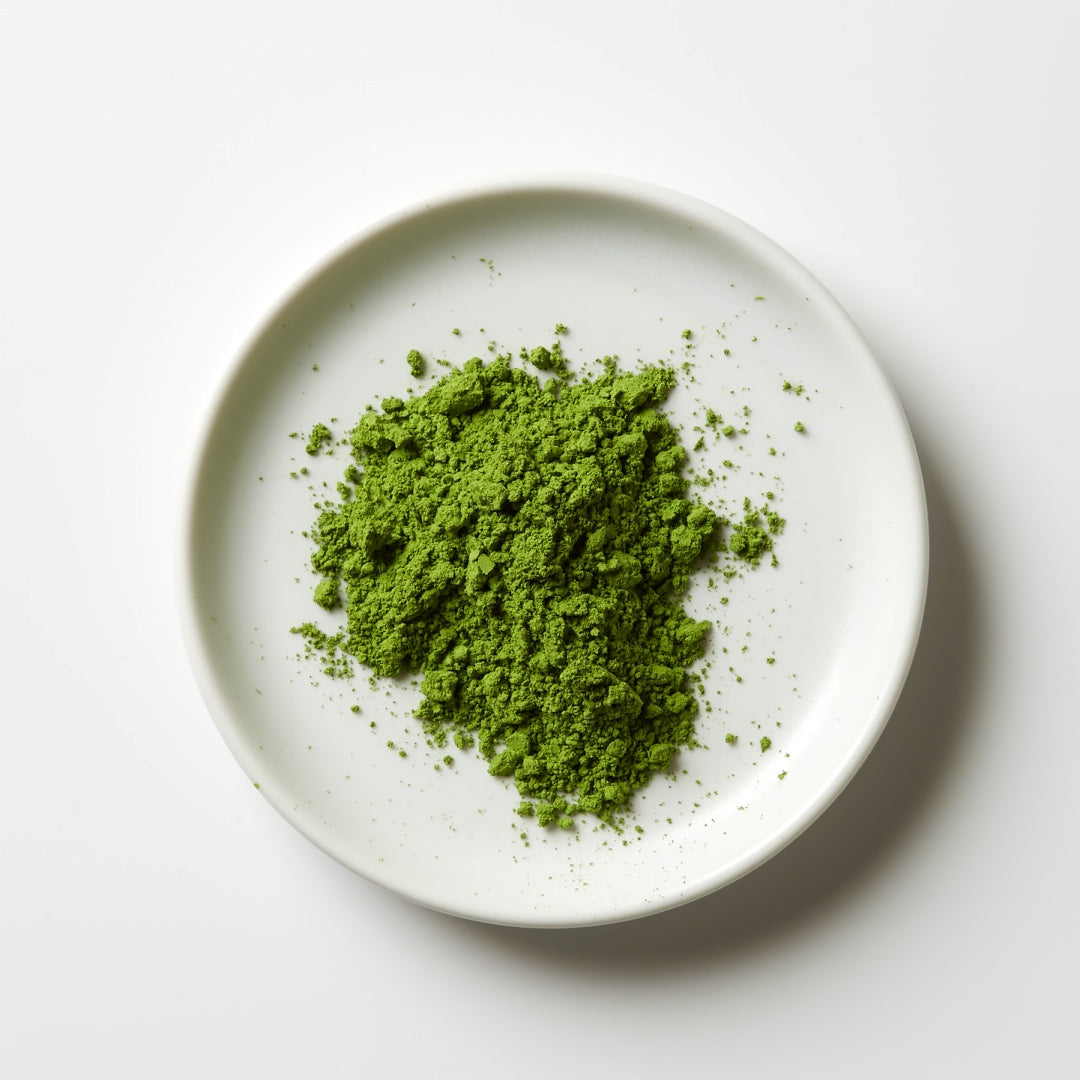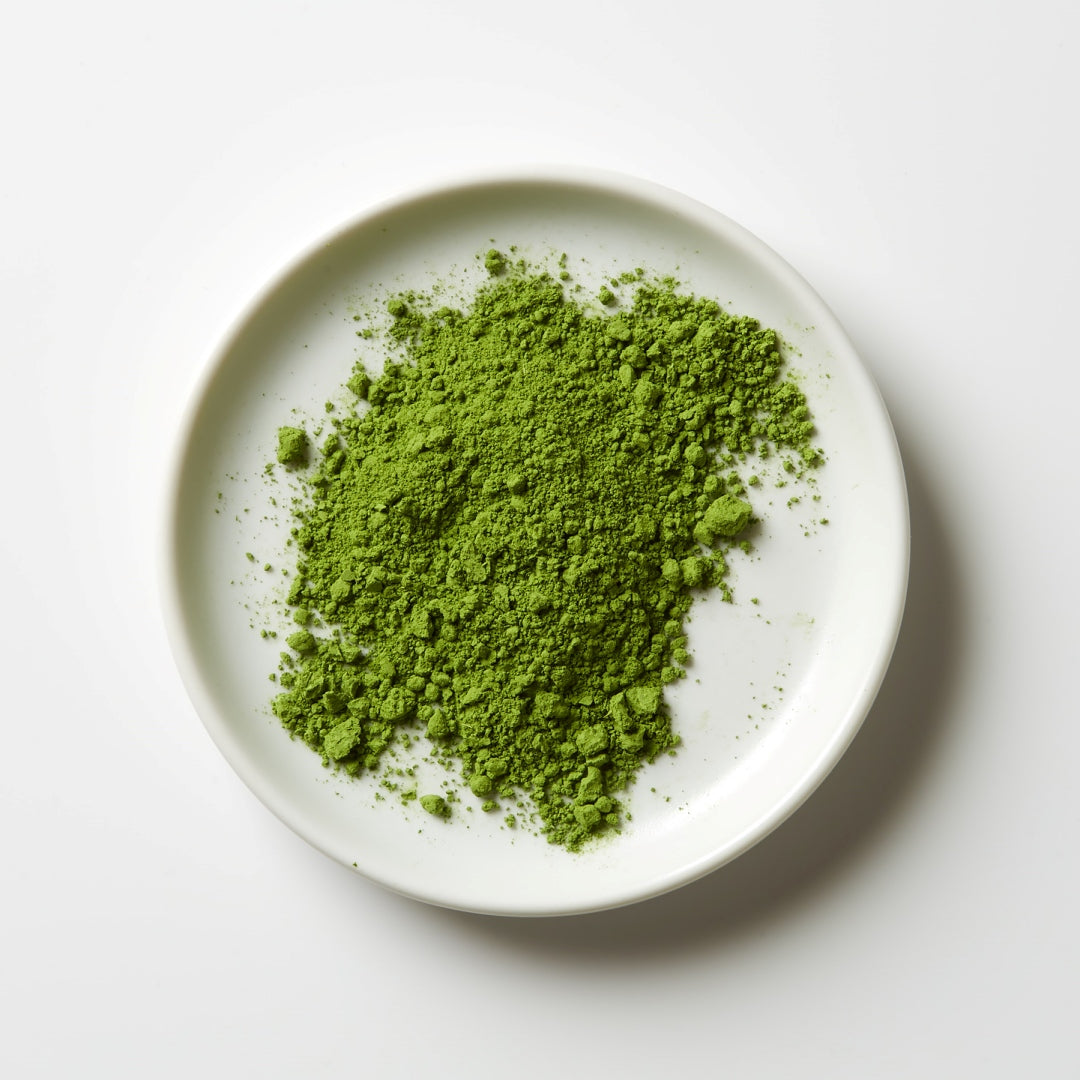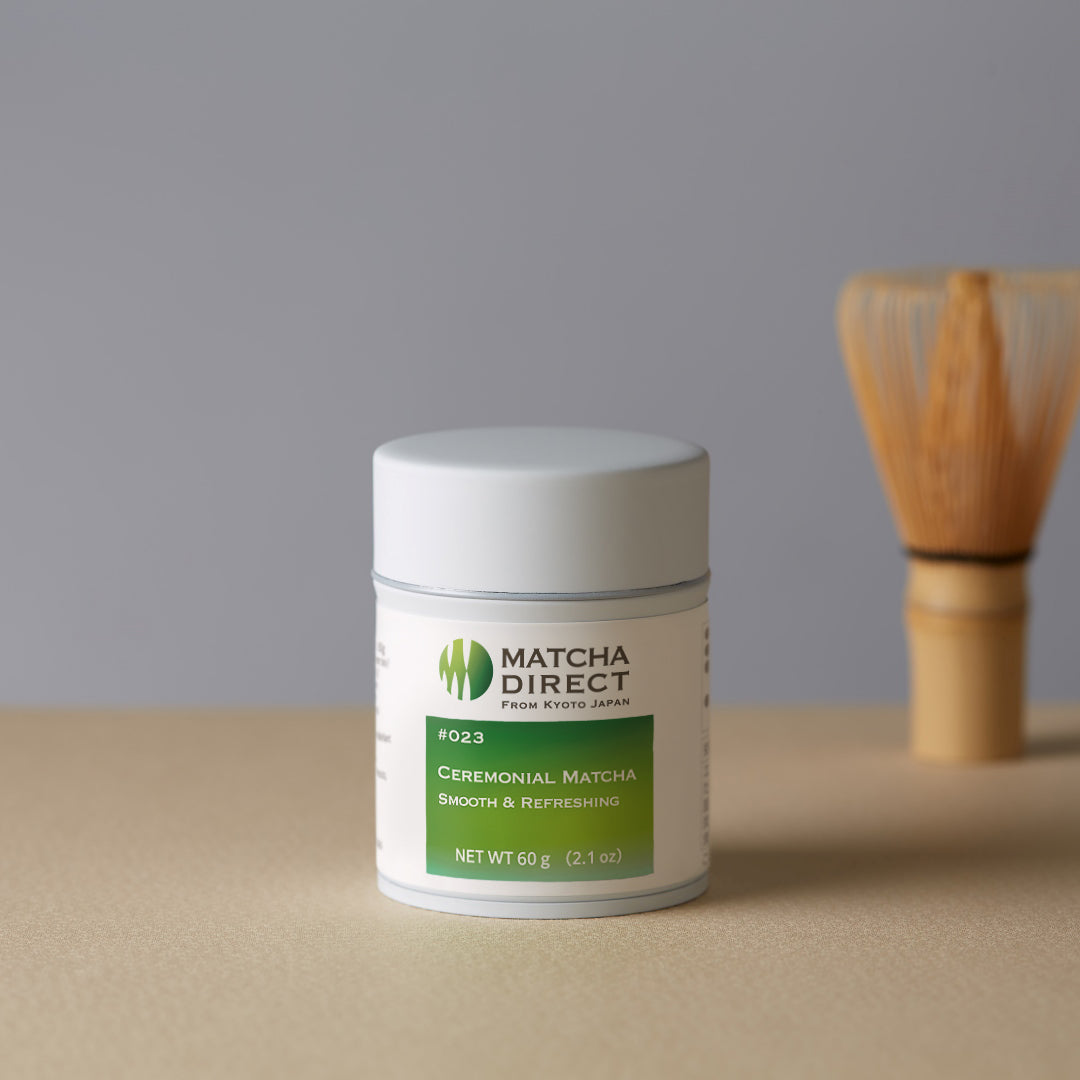Cultivars of Tea for Tencha (Matcha) Production in the Uji Area
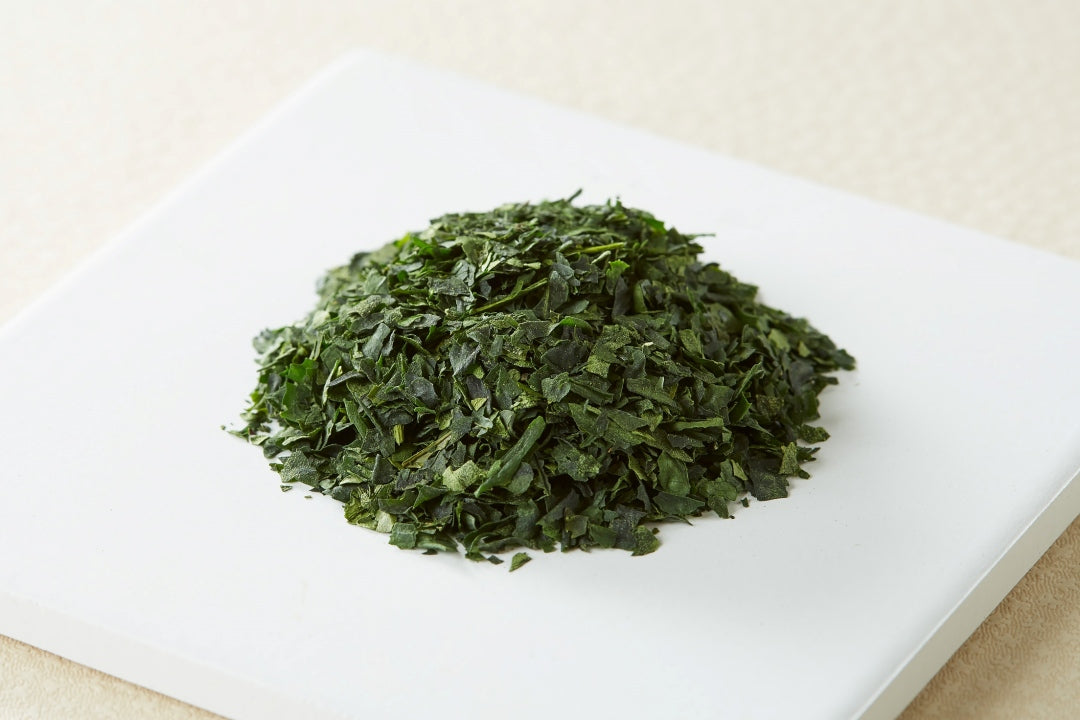
It is said that there are currently over 100 varieties of tea cultivated in Japan.
In this article, we have compiled information about seven representative cultivars for Tencha (ingredient of matcha) in the Uji Area.
This could be for your reference when choosing single origin matcha.
Uji Varieties
These are cultivars selected from the native species of the Uji Area, having a significant impact on the flavor of Uji Matcha.
Asahi

Release Year: 1954
Breeder: Jinnojo Hirano
This is a rare cultivar of Uji Tea that is traded at high prices. It is used for Japanese Tea Competition and is not widely distributed. The leaves are thin and large, making it unsuitable for rolled tea like Gyokuro, and it is mostly used for Tencha.
The tea picking period is short, so the yield is limited, but the color is good, and it has a smooth and elegant taste. The aroma of the new buds is incredibly fragrant.
One farmer has said that the more effort you put into this cultivar, the more it rewards you.
Samidori

Release Year: 1954
Breeder: Masajiro Koyama
It is a slightly late growing cultivar, the harvest period is long, and the yield is high, making it a preferred one. It has the most extensive cultivation area among the Uji varieties. It is used not only for Tencha but also for Gyokuro.
It has a vivid color and exudes a glamorous aroma, and you can feel a strong umami characteristic of Uji varieties.
https://matchadirect.kyoto/products/100-samidori-hand-picked-60g
Ujihikari

Release Year: 1954
Breeder: Tea Industry Research Division of Kyoto Prefecture
Like Asahi, the tea picking period is short, and the yield is somewhat low. It's an excellent variety that can be expected to have high quality in both Tencha and Gyokuro.
Its light green color is a characteristic, and it has a sophisticated umami flavor without bitterness.
https://matchadirect.kyoto/products/101-ujihikari-single-origin-60g
Houshun
Registration Year: 2006
Breeder: Tea Industry Research Division of Kyoto Prefecture
This is a new cultivar in the Uji Area, but its cultivation area has not yet expanded. It is an excellent variety for both Gyokuro and Tencha.
Like other Uji varieties, it has high quality and is expected to increase in the future because it is evaluated to the same quality as Samidori and Uji Hikari.
Non-Uji Varieties
These are varieties cultivated nationwide but are used for Tencha in the Uji Area.
Yabukita

Registration Year: 1953
Breeder: Hikosaburo Sugiyama
Although it is a cultivar suitable for Sencha, it is often used for Gyokuro and Tencha because of its wide cultivation area.
About 70% of cultivars in Japan are Yabukita, and it has a significant presence in the Uji Area, occupying 60%, including also Uji varieties.
Although the increase in chlorophyll is limited even when covered, and the color development is not as good as Okumidori and Saemidori, it has an excellent overall balance and is a stable cultivar due to its high yield.
Okumidori

Registration Year: 1974
Breeder: National Agriculture and Food Research Organization
This late maturing cultivar was developed by cross-breeding 'Yabukita' and 'Shizuoka Native No.16'.
The word 'midori' in Japanese means green, and this cultivar is valued for its beautiful green color. The taste is clean without overstatement and the aftertaste is light. Although it doesn't have a strong aromatic character, it no faults and is well-balanced.
Saemidori

Registration Year: 1990
Breeder: National Agriculture and Food Research Organization
This early maturing cultivar was developed by cross-breeding 'Yabukita' and 'Asatsuyu'. It is widely cultivated in Kyushu.
Although it's not a variety exclusively for Tencha, it has a covering characteristic, making it suitable for Tencha and Gyokuro. It is flavorful and has started being cultivated in the Uji region as well. However, the cultivation area is not yet extensive.
Like Okumidori, its color is a vivid green and was named Saemidori (bright green). 'Sae' represents bright, and 'midori' signifies green. In addition to having a refined umami taste and sweetness, it also has a fresh covered aroma.
Sakimidori

Release Year: 1997
Breeder: Miyazaki Prefectural Agricultural Experiment Station
Although Sakimidori was developed in Miyazaki Prefecture, it is now cultivated nationwide, mainly in Kagoshima. It is a slightly early-maturing cultivar, with its harvest period arriving a little earlier than Yabukita. This variety is characterized by high levels of amino acids and chlorophyll, making it highly valued for Tencha production. Although the cultivation area in Kyoto is not large, it is also grown there.
Asanoka

Release Year: 1996
Breeder: Kagoshima Agricultural Development Center
Asanoka is not cultivated in Kyoto, but it is often used in Tencha from Kagoshima, which we handle frequently, so we introduce it here. Like Sakimidori, it produces high levels of amino acids and is therefore suitable for Tencha. Asanoka is a cross between a Chinese tea variety and Yabukita, which gives it a distinctive aroma with unique volatile compounds. It is one of the major cultivars produced in Kagoshima.
Which variety has the highest production volume?
The data is only for Kyoto Prefecture, but the ranking is as follows, with the bold type representing the varieties explained in this article.
There are a total of eight known Uji cultivars.
- Yabukita
- Okumidori
- Samidori (Uji variety)
- Gokou (Uji variety)
- Asahi (Uji variety)
- Ujihikari (Uji variety)
- Komakage (Uji variety)
- Saemidori
- Sayamakaori
- Houshun (Uji variety)
- Meiryoku
- Ujimidori (Uji variety)
- Tenmyo (Uji variety)
Which production area has the highest production volume?

In the suburbs of Uji in Kyoto, tea is cultivated in 10 administrative regions.
Below is a list of these ten regions, in order of the amount of fresh leaf cultivation for Tencha.
This production area information is also noted on our Single Origin product pages, so please use it as a reference.
- Wazuka
- Minami Yamashiro
- Ujitawara (Matcha Direct Factory)
- Uji (Our Shop)
- Kizugawa
- Joyo
- Yawata
- Kyotanabe
- Ide
- Kumiyama
Wazuka and Minami-Yamashiro are the main production areas for Uji Tea and produce a lot of tea other than Tencha.
Ujitawara and Uji* mainly cultivate Tencha and Gyokuro.
*The term "Uji" here refers to the administrative region of Uji City. The Uji Area as a tea production area where Uji Tea is cultivated includes not only these ten administrative regions but also parts of other prefectures.
Joyo, Yawata, Ide, and Kumiyama are luxury production areas where only Tencha is cultivated. The production volume is small, but they house excellent producers.
Our factory is located in Ujitawara, from where we deliver Matcha all over the world.
We have a shop in Uji under the name of domestic brand.


